We’ve all seen it: a website so beautiful it practically belongs in an art museum. Hero video. Abstract typography. Hover effects that respond to your breathing pattern. And yet… 7 seconds in, you still don’t know what the business actually does.
Here’s the uncomfortable truth:
Design without strategy is just decoration.
Don’t get me wrong, I love beautiful design. I’m a designer, after all. But beauty without clarity? Aesthetics without performance? That’s a fast way to lose users and conversions.
In my work as a web developer and SEO architect, I see it all the time, brands that have paid top dollar for trendy, bloated websites that load slowly, bury their CTAs, and confuse the very users they’re trying to convert. It’s not the designer’s fault, necessarily. It’s the strategy that’s missing.
What actually works? Glad you asked.
Here’s what I’ve learned building performance-first websites:
1. Hierarchy Beats Hype
Your users aren’t looking for inspiration. They’re looking for information, fast. Straightforward typography, intuitive flow, and strong calls-to-action will beat scroll-triggered animations every single time.
2. Speed > Everything
That 6MB video background might look cinematic, but if it delays load time even 2 seconds, your bounce rate will start climbing faster than your mood on launch day. Users want fast. Google wants fast. Make it fast.
3. Copy Converts
Design can guide attention, but it’s your message that gets people to act. If your headline doesn’t speak directly to a pain point or value proposition, no amount of styling will save it.
4. Purpose-Led Design Wins
Every color, icon, and layout choice should be tied to a goal — not just a gut feeling. Good design makes users feel confident. Excellent design makes them take action.
Want a site that looks good and works hard?
That’s where function comes in. I don’t just build websites. I create digital systems that load fast, rank well, and actually convert. Design is the entry point, but strategy, performance, and clarity are what make it stick.
So, if you’re thinking of investing in a redesign, ask yourself:
Do I want something pretty? Or do I want something that performs?
Because you don’t have to choose, but if you do it right, function leads.
And flash follows.
